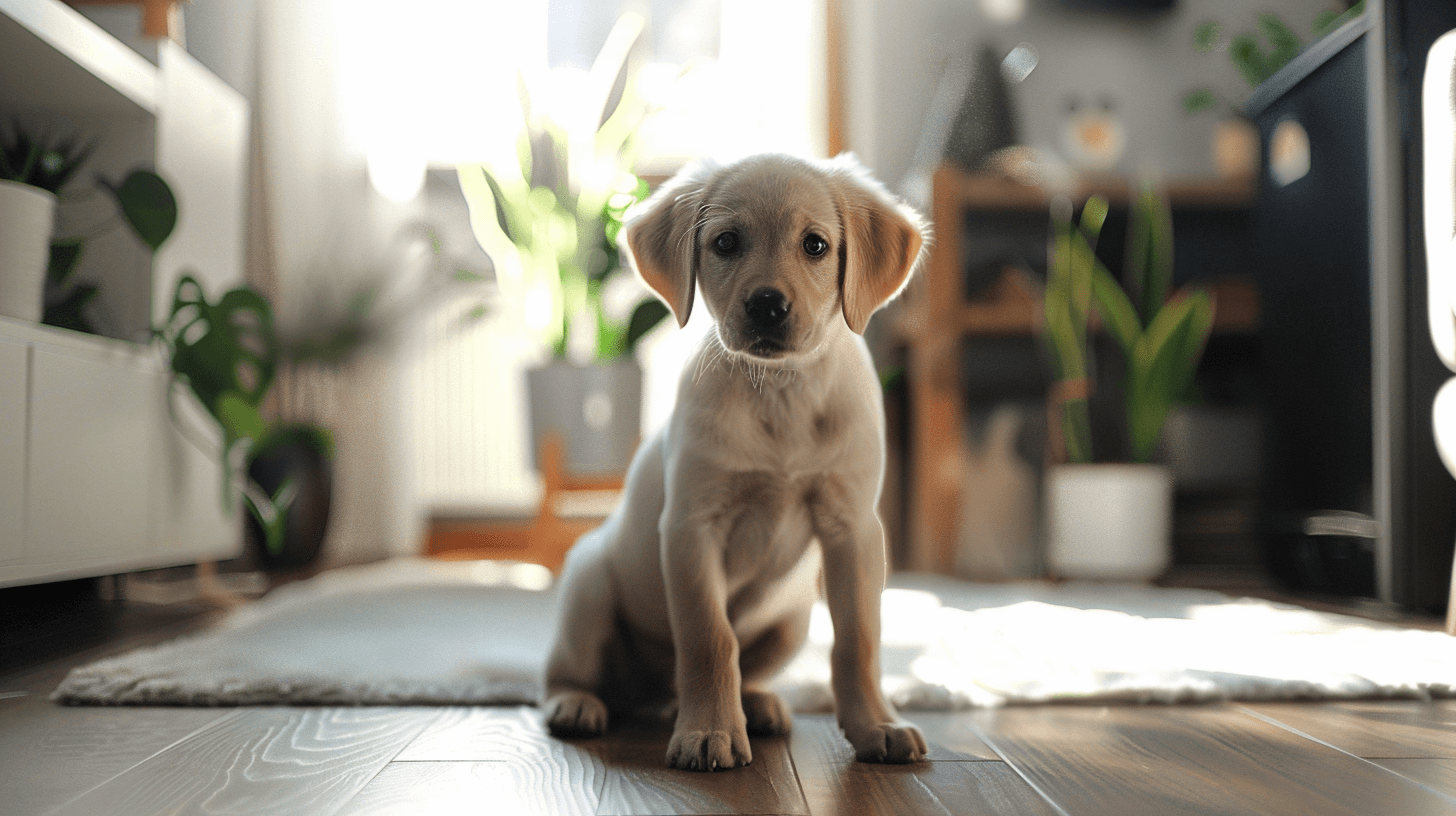Welcoming a new puppy into your home is an exciting journey filled with cuddles, playtime, and unforgettable bonding experiences. However, it also comes with the significant responsibility of housebreaking your new puppy, a key phrase in the world of pet parenting. House training, or potty training, is not just about preventing accidents; it’s about establishing a consistent routine that aligns with your puppy’s natural instinct and helps them feel secure in their living space.
From the first day your furry friend steps paw into your home, the house training process begins. It’s about more than just managing potty breaks; it’s about building a foundation of trust, understanding, and respect. This guide will delve into practical puppy potty training tips and strategies to ensure your new companion becomes a clean, well-behaved member of the family. Whether you’re navigating the early weeks of age or tackling the challenges with a three-month-old puppy, our insights will pave the way for a positive experience, free from the common pitfalls of house soiling.
Embrace the journey of housebreaking your new puppy with confidence, knowing that every potty time, crate time, and consistent schedule brings you one step closer to a harmonious home. Let’s embark on this path together, turning potential frustrations into triumphs with easy, actionable steps to a well-trained pup.
Contents
Understanding Your Puppy’s Needs

At the heart of successful housebreaking is an understanding of your puppy’s natural instincts and developmental needs. Puppies, much like human infants, go through various stages of growth, each with its own set of milestones and challenges. From the tender age of just a few weeks, puppies begin to develop bladder and bowel control, indicating the prime time to start house training.
Natural Instincts and Developmental Stages
Puppies have a natural instinct to keep their living space clean. This instinct drives them to eliminate away from their sleeping and eating areas, making early potty training both natural and essential. Typically, by the age of three to four months, a puppy can start showing signs of readiness for more structured potty training. Recognizing these signs early on can make the house training process smoother and more effective.
Creating a Consistent Routine
A consistent routine is vital for housebreaking success. Establishing regular times for feeding, potty breaks, and playtime helps your puppy learn what to expect throughout the day and when to expect it. For instance, taking your puppy to their designated potty spot immediately after meals or naps capitalizes on their natural urge to eliminate, reinforcing the desired behavior.
Puppies usually need to relieve themselves frequently, as much as every 2-3 hours, including after eating, sleeping, and during periods of active play. Ensuring these potty breaks are consistent each day helps your puppy build a reliable potty schedule. Also, introducing a puppy pad in the designated potty area can be a helpful step, especially for very young puppies or when outdoor access is limited.
Adapting to Your Puppy’s Age and Abilities
Understanding that a puppy’s age influences their potty habits is crucial. Very young puppies, for instance, those just a few weeks of age, have limited bladder control and will need more frequent potty breaks. As they grow older, particularly around four to six months of age, they can gradually hold their bladder for longer periods.
Housebreaking your new puppy involves more than just responding to their immediate needs; it’s about anticipating their development and adjusting your approach accordingly. By tuning into your puppy’s natural rhythms and creating a structured, supportive environment, you set the stage for a successful house training journey, laying a solid foundation for their future behavior and habits.








